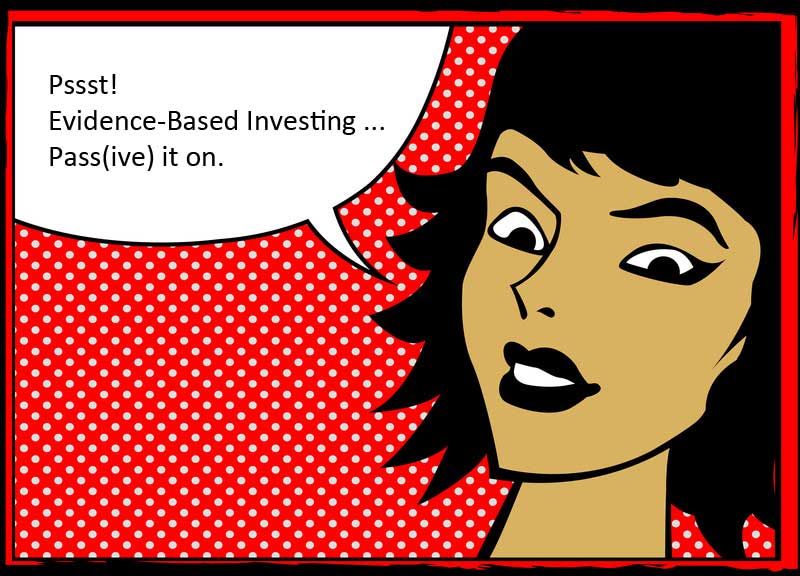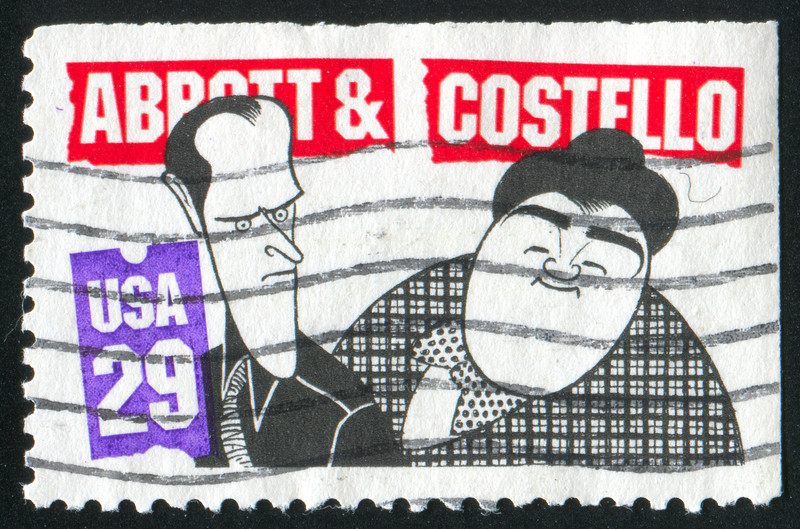
Today’s post is a re-post, reprinted with permission from author Sam Lewis of the U.K.-based Ember Television. Sam and his colleague Robin Powell are like the peanut butter to my chocolate in the world of financial communication service providers. While I focus on the words, Ember Television’s Regis Media team helps evidence-based advisers create high-quality videos and illustrations. words and pictures work best together in helping you reach out to your ideal audiences. I encourage you to reach out to either of us for more information. Thanks, Sam and Robin, for letting me share our conversation here!
PS: “Bespoke” is a British term for custom-crafted, so “bespoke content” means it is custom-written. Even I, a word-nut, learn something new every day by looking beyond my usual borders!
——————————————————
It’s well-known that for content marketing to be effective, content has to be posted regularly. A Hubspot study found that businesses that posted 15 times or more per month saw their web traffic increase by 500%. When faced with statistics like this, content marketing can seem like a beast that constantly needs feeding.
The problem is that we’re now expected to produce more content but with the same budgets. For some organisations, like financial services firms, this can seem like an impossible task.
Continue reading “Tight marketing budget? Pre-produced content could be the answer”










